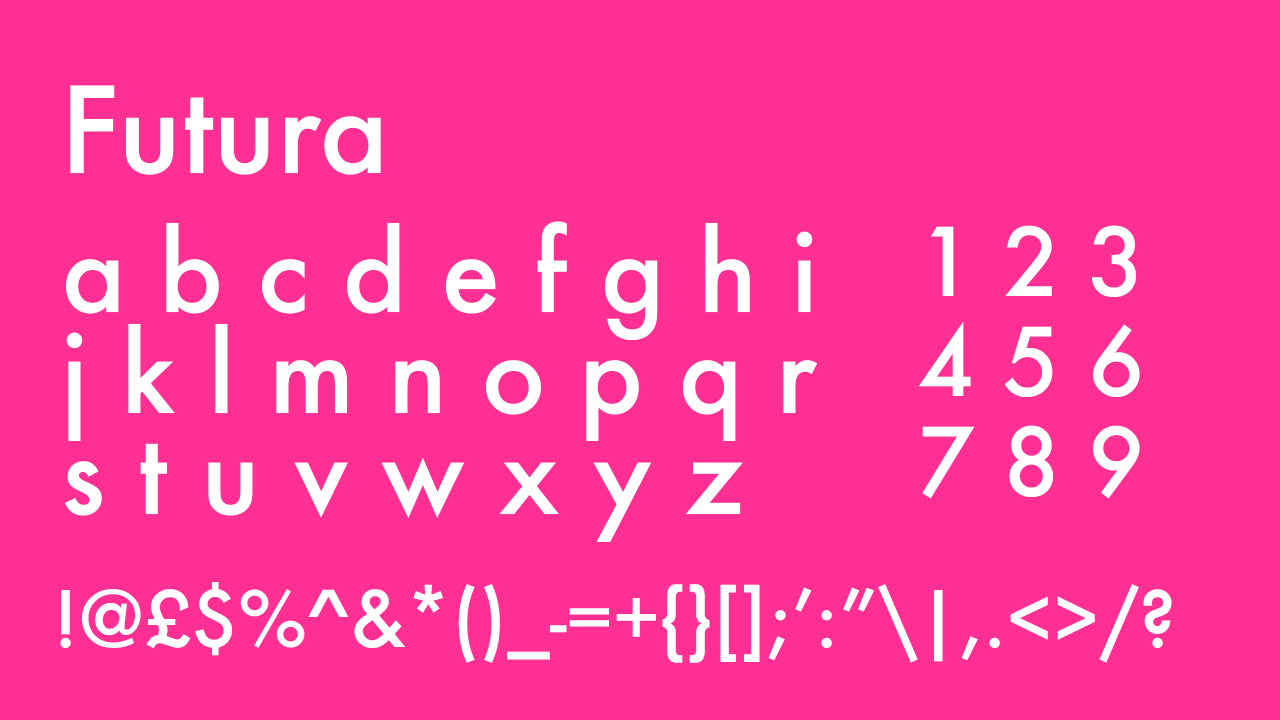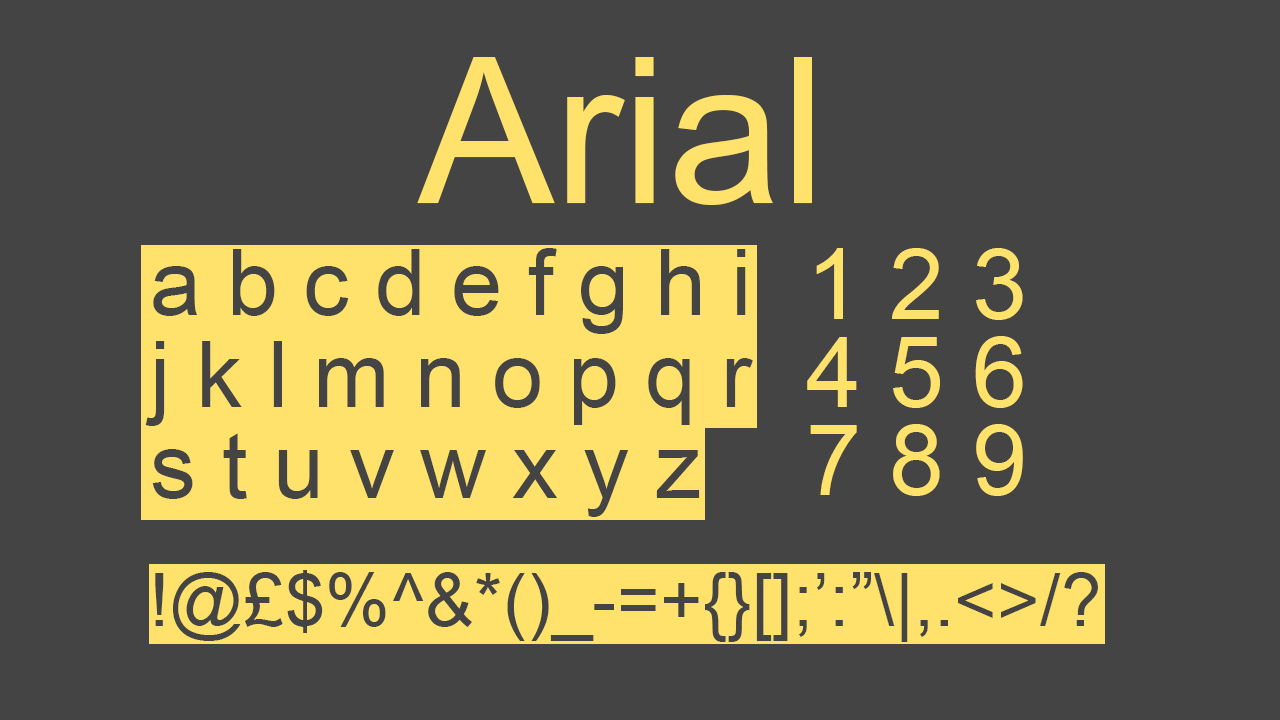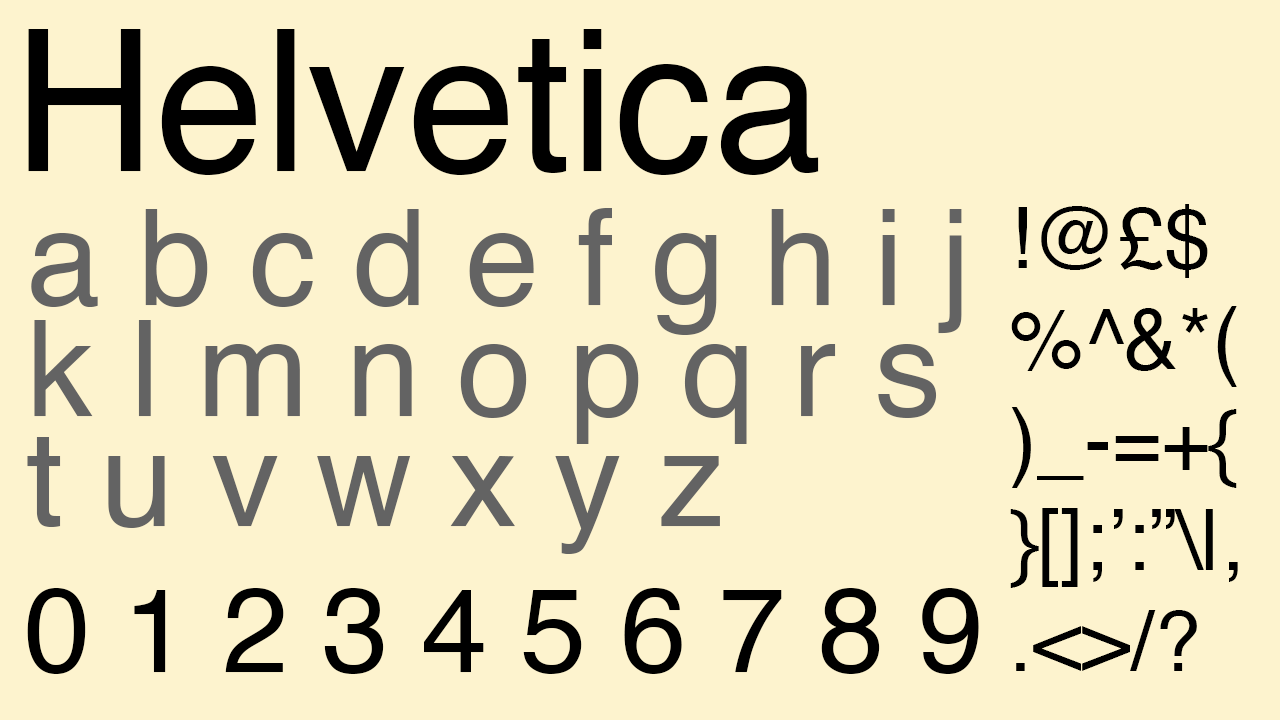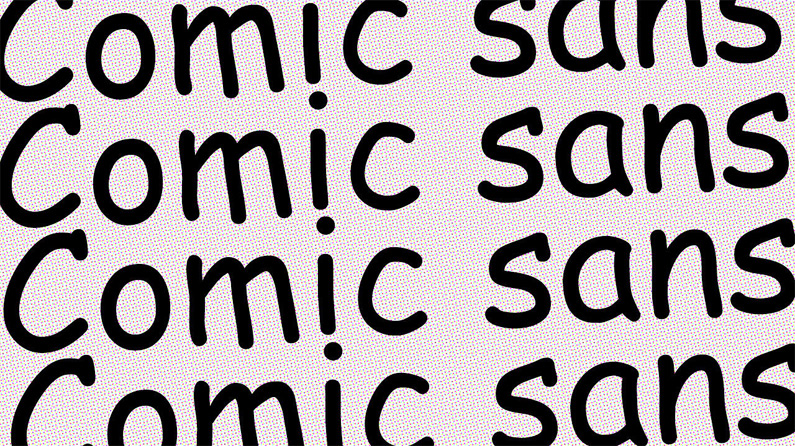Hiring graphic designers often hinges on their exceptional judgment. This leads us to believe that artificial intelligence systems may never fully substitute human professionals. However, could this emphasis on being highly selective cause some designers to feign disapproval towards popular trends?
That’s currently the topic being discussed on Reddit, where designers are sharing which fonts they’re tired of feigning disdain for. It could be about any font they’ve been pretending not to like. iconic typeface That has become overly common or a typeface that people now overlook, designers view these as contentious options. However, as we noted in our guide to how to select the appropriate font It all relies on the specific scenario.
01. Futura

Futura stands out as a font that designers often hesitate to confess their fondness for. As the original poster states, "I like Futura and I'm weary of hiding this fact." It appears that numerous individuals share this sentiment.
One of my typography professors at university dedicated an entire session to discussing Futura and Helvetica, insisting we shouldn’t use them," someone mentions. "Although I really liked this instructor, we had differing opinions on that matter, so I ended up using one—or often both—of those typefaces in almost all of my projects for him afterward.
Like others have mentioned, disliking a particular font isn't always due to poor design; instead, it might be because the font is overly utilized (Futura occasionally serves as a cheaper alternative to Helvetica). As someone puts it, “I appreciate Futura, yet I’m not fond of how frequently people employ it as an effortless way to achieve ‘sophistication.’ The font carries a distinct character and may appear unsuitable across various uses.”
Perhaps it’s akin to informing a devoted music lover that your preferred band is The Beatles. It’s a secure choice with timeless appeal. Many individuals in the field of graphic design seek out unconventional and innovative options,” one individual proposes. “[Futura] sees extensive use and appears rather uncreative for a designer to rely on frequently because of how common it has become,” another concurs.
However, despite being widely used, proponents argue that this modern Bauhaus-style geometric sans serif can still be an excellent option; they reference the book Avoid Using Futura by Douglas Thomas (which is actually a tribute to the font).
"It has so much more personality then people give it credit for," one person writes. "It's less boiler plate corporate then fonts like Helvetica. It always gives me utopia clean futurism vibes."
Some note that the most controversial aspects of Futura are the unusual question mark and the lack of curved descender on the lower case j, which can limit its uses.
One issue with Futura is that it exudes character. This typeface works well when aiming to capture that particular time period. However, it might be inappropriate for items like cosmetics or snack foods," explains one designer. Another commentator notes, "Using Futura means embracing the Wes Anderson aesthetic... this won’t change anytime soon.
02. Avenir

Avenir is French for 'future', and that connection isn't accidental: Adrian Frutiger's 1987 typeface takes inspiration from the geometric sans-serifs of the '20s like Erbar and Futura, while making it more organic.
"One individual commented on Reddit stating their affection for Avenir. They mentioned that their boss dislikes it, which only increases their fondness for it," another user adds. Additionally, someone else opines that “Avenir appears to be the kind of typeface that managers would approve of,” as noted elsewhere online.
I was previously the head of design at a firm that primarily utilized the Avenir typeface, and I genuinely appreciate it. However, I am even more captivated by the fact that the creator of this font also pioneered the sans-serif style for technological applications and inspired the Frutiger design variants," someone else notes. "This is truly intriguing, provided it isn’t seen as just an alternative to Helvetica.
03. Arial

Arial has become so ubiquitous—partially due to Microsoft—that it's frequently referenced humorously. However, numerous designers argue that there’s no issue with its sleek, sans serif design.
"A fresh graphic design graduate once detested Arial during their initial college year, viewing it as a copied version of Helvetica. However, they later realized that Arial is far more user-friendly compared to Helvetica, leading them to embrace Arial with an accepting spirit," states a young designer.
04. Helvetica

This brings us to the revered master of geometric sans-serif typefaces: Max Miedinger and Eduard Hoffmann's creation, Neue Haas Grotesk. Can we really say that designers struggle with using Helvetica?
"When fellow designers inquire about my preferred font, I consistently reply with Helvetica, but this usually elicits puzzled expressions followed by comments regarding its widespread use," explains an individual.
"I swear design professors just indoctrinate students with anti-Helvetica messaging... and then their students carry it on through their entire design careers," another person writes.
Suffice it to say, not everyone listens to their teachers since Helvetica (now owned by Monotype ) continues to be utilized by various brands and serves as the foundation for countless logos (check out our collection of Helvetica alternatives for other options).
05. Comic Sans

Finally, something completely different. No discussion of maligned typefaces would be complete without mention of the universally mocked Comic Sans. I say universally, and you might think everyone had got the message by now that this isn't a font to use for serious communications, but my electricity provider sends emails in this typeface, which I find hilarious.
Some of those commenting on Reddit say they've come to love it, too. "Somewhat ironically, I used to use it as my placeholder font just to screw with my boss, but the little bugger must've grown on me, because I have dusted it off once or twice recently for some (personal) projects," one person writes.
"I work in retail, and whenever our bottle recycling machine breaks, my only savior & guilty pleasure is the 'kaput' sign I put up with Comic Sans MS," another person admits.
Is there truly such a thing as "unfavorable" fonts?
Maybe the discussion reveals that there are no inherently "poor" typefaces; rather, poor decisions and improper usage lead to negative outcomes. This implies that designers ought to refrain from adopting rigid viewpoints and instead consider the particular context of every project they undertake.
One individual comments, 'Typefaces are simple targets.' In the past, I have treated certain fonts as targets, yet nowadays, I would gladly collaborate with them. Currently, my main focus is on ensuring that letters align well on a page rather than choosing which typeface to use.'
"The idea seems to be avoiding the path of least resistance and seeking out improved solutions that could more effectively address issues or achieve objectives. Additionally, one should grasp the impact of employing widely used, beloved fonts," another person proposes.
Someone else points out that the fantastic aspect of design is your ability to pursue any idea you fancy (provided it adheres to legal and moral guidelines). “You can opt exclusively for Swiss design or delve into low-brow culture zines. The choice is yours.” If it suits your vision, you might even feature blocks of text styled with dingbat characters, much like David Carson did for Ray Gun magazine (refer to our guide for more details). famous graphic designers ).
What do you think? Are the fonts mentioned really so controversial? And do you have a font that you pretend to hate? (or that you actually hate!) Let us know in the comments below.
For more design debates, see the outdated graphic design trends that designers wish would disappear and the hot discussion about Artificial intelligence setting unrealistic expectations for clients We have witnessed considerable discussion regarding this topic as well. Why do graphic designers choose Macs?
If you enjoyed this article, click the +Follow button at the top of this page to stay updated with similar stories from MSN.


0 Comments